Joyce Campbell
On the Last Afternoon: Disrupted Ecologies and the Work of Joyce Campbell
curated by John C. Welchman
26 July – 20 October 2019
On the Last Afternoon: Disrupted Ecologies and the Work of Joyce Campbell was the first substantial presentation of artist Joyce Campbell’s photo- and media-based practice. Occupying all but the Kirk Gallery, the exhibition developed in dialogue with the architecture of the Adam Art Gallery to foreground the remarkable variety of approaches she has taken to her chosen media and subjects. Rather than a conventional survey, the exhibition unfolded what the artist describes as ‘a meditation on the interdependence of physical systems’. Curated by leading contemporary art historian, LA-based John C. Welchman, On the Last Afternoon examined the forcefield of relations Campbell has activated between photography, philosophy, ecology, material history, science fiction, and the care and reading of sacred and symbolic landscapes, over the course of her near three-decade career.
Raised in Wairoa on the east coast of the North Island and now based in Auckland, Campbell spent a decade in Los Angeles and Southern California. She is drawn to and has negotiated extreme conditions: the wild places of rural New Zealand; the desiccated, smog-choked hinterlands of California; the icy vastness of Antarctica; and the ocean’s coral reefs and imagined depths. Shifting scale from the microscopic to the global, she uses a wide spectrum of techniques from photography’s two-hundred-year history to give visible form to the beauty, complexity and sheer perseverance of life under threat.
Campbell’s preference for nineteenth-century techniques and analogue processes gives rise to images of extraordinary detail, depth, richness, and texture; but it also fulfils her ambition to depict subtle or ‘mysterious’ things and events that modern cameras and standardised equipment do not allow. She is interested, above all, in the interconnectedness of complex biological, spiritual, and representational systems. She believes in the potential of photography to resist the global techno-capitalist hegemony that underpins the exponential collapse of biodiversity and the decline of spirit and mutual understanding in the contemporary world.
The exhibition was accompanied by a fully-illustrated 320-page publication, co-published by Adam Art Gallery and Sternberg Press. Featuring new and existing writing by Elizabeth Grosz, Tungāne Kani, Richard Niania, Mark von Schlegell, Bernard Stiegler, John C. Welchman, and an extended foreword by Christina Barton, the companion volume provides important understandings of Campbell’s artistic, philosophical, and political reference points. Including insights from the guardians of the valleys and hills, rivers and forests in the district where she grew up, the book illuminates the embedded wisdom and inherited narratives that inform and are revealed by her photographs.
The exhibition and publication were made possible with substantial support from the Faculty of Creative Arts and Industries, University of Auckland, Chartwell Trust, Jenny Todd, and Bath Street Trust.
Joyce Campbell (b. 1971) is an interdisciplinary artist based in Auckland New Zealand. She has an MFA from Elam School of Fine Arts, University of Auckland (1999), where she is now Associate Professor. She has lived, studied, taught and worked in Southern California and has undertaken residencies in New Zealand and Antarctica. Her recent work utilises anachronistic photographic techniques, such as the daguerreotype and ambrotype, as well as conventional analogue and digital photography, video, film and sculpture. She uses these to examine the collision of natural and cultural systems often in extreme environments. Her interests have led her to render visible microbial colonies, crystals in the process of formation, silver dispersing into colloidal suspension, the migration of glaciers into the ocean, distressed coral reefs and dead forests, river gorges in rural New Zealand and California’s desert washes and industrial brownfields. She has exhibited throughout New Zealand, and her works have been included in solo and group exhibitions in Australia and the U.S. She is represented by Two Rooms, Auckland, Bartley + Company Art, Wellington, and Nadene Milne Gallery, Arrowtown and Christchurch.
John C. Welchman is Professor of Art History, Theory and Criticism in the Visual Arts Department at the University of California, San Diego, Chair of the Mike Kelley Foundation for the Arts, and a leader in the international arts community. His books include Modernism Relocated: Towards a Cultural Studies of Visual Modernity (Allen & Unwin, 1995), Invisible Colours: A Visual History of Titles (Yale University Press, 1997), and Art After Appropriation: Essays on Art in the 1990s (Routledge, 2001). Welchman is editor of Rethinking Borders (University of Minnesota Press, 1996), Institutional Critique and After (JRP|Ringier, 2006), The Aesthetics of Risk (JRP|Ringier, 2008), and Black Sphinx: On the Comedic in Modern Art (JRP|Ringier, 2010). The first two volumes of his collected essays are published with Sternberg Press, Past Realization: Essays on Contemporary European Art (2016) and After the Wagnerian Bouillabaisse: Essays on European Avant-Garde Art (2019); volumes discussing art on the West Coast of the U.S. and the work of Mike Kelley are forthcoming.
This exhibition was staged concurrently with Te Taniwha: The Manuscript of Ārikirangi.
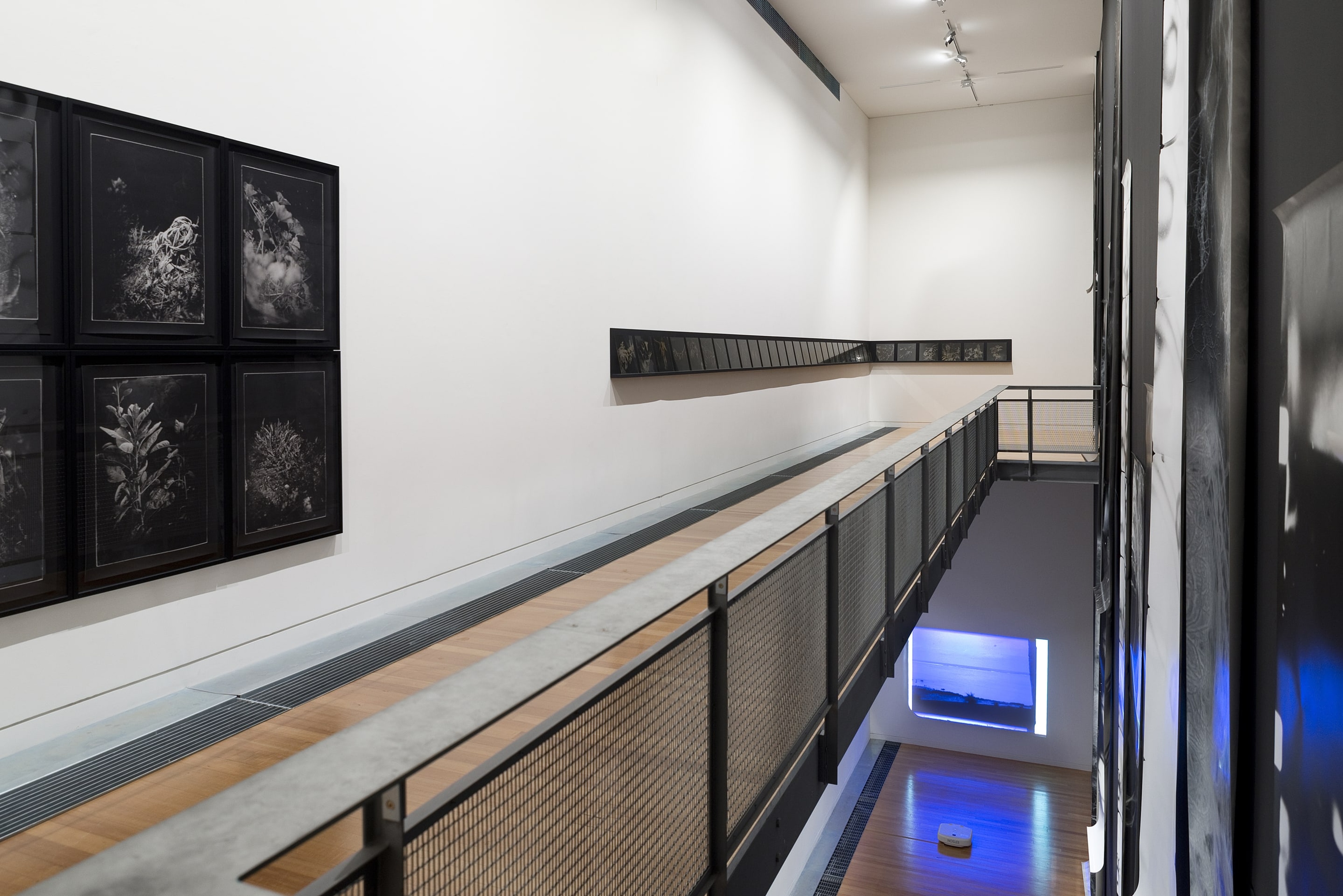
Installation view, On the Last Afternoon: Disrupted Ecologies and the Work of Joyce Campbell, Adam Art Gallery Te Pātaka Toi, Victoria University of Wellington, 2019. Photo: Shaun Matthews

Joyce Campbell, LA Botanical series, 2006-2007, wet plate collodion on glass. Collection of the artist. Installation view, On the Last Afternoon: Disrupted Ecologies and the Work of Joyce Campbell, Adam Art Gallery Te Pātaka Toi, Victoria University of Wellington, 2019. Photo: Shaun Matthews
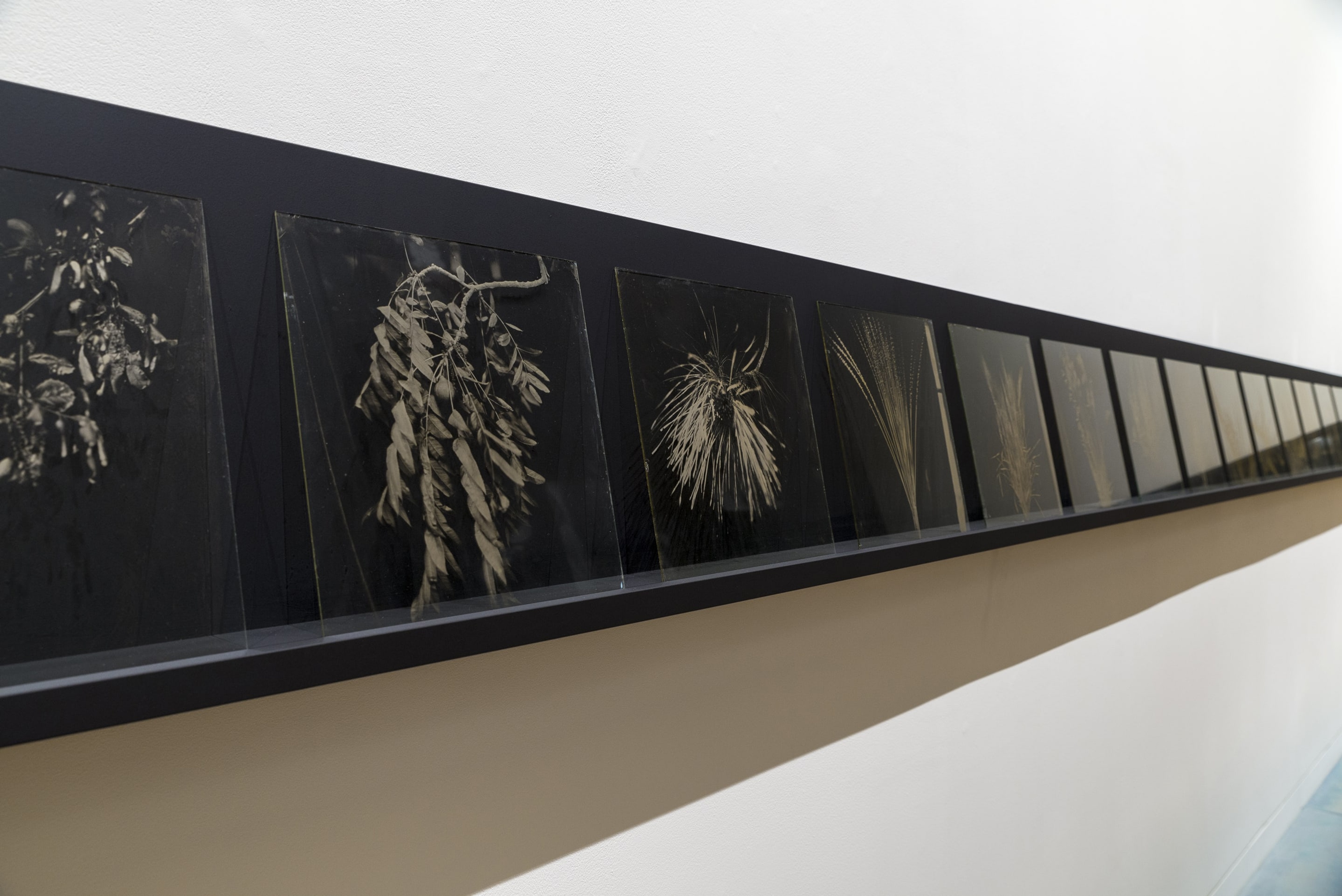
Joyce Campbell, LA Botanical series, 2006-2007, wet plate collodion on glass. Collection of the artist. Installation view, On the Last Afternoon: Disrupted Ecologies and the Work of Joyce Campbell, Adam Art Gallery Te Pātaka Toi, Victoria University of Wellington, 2019. Photo: Shaun Matthews
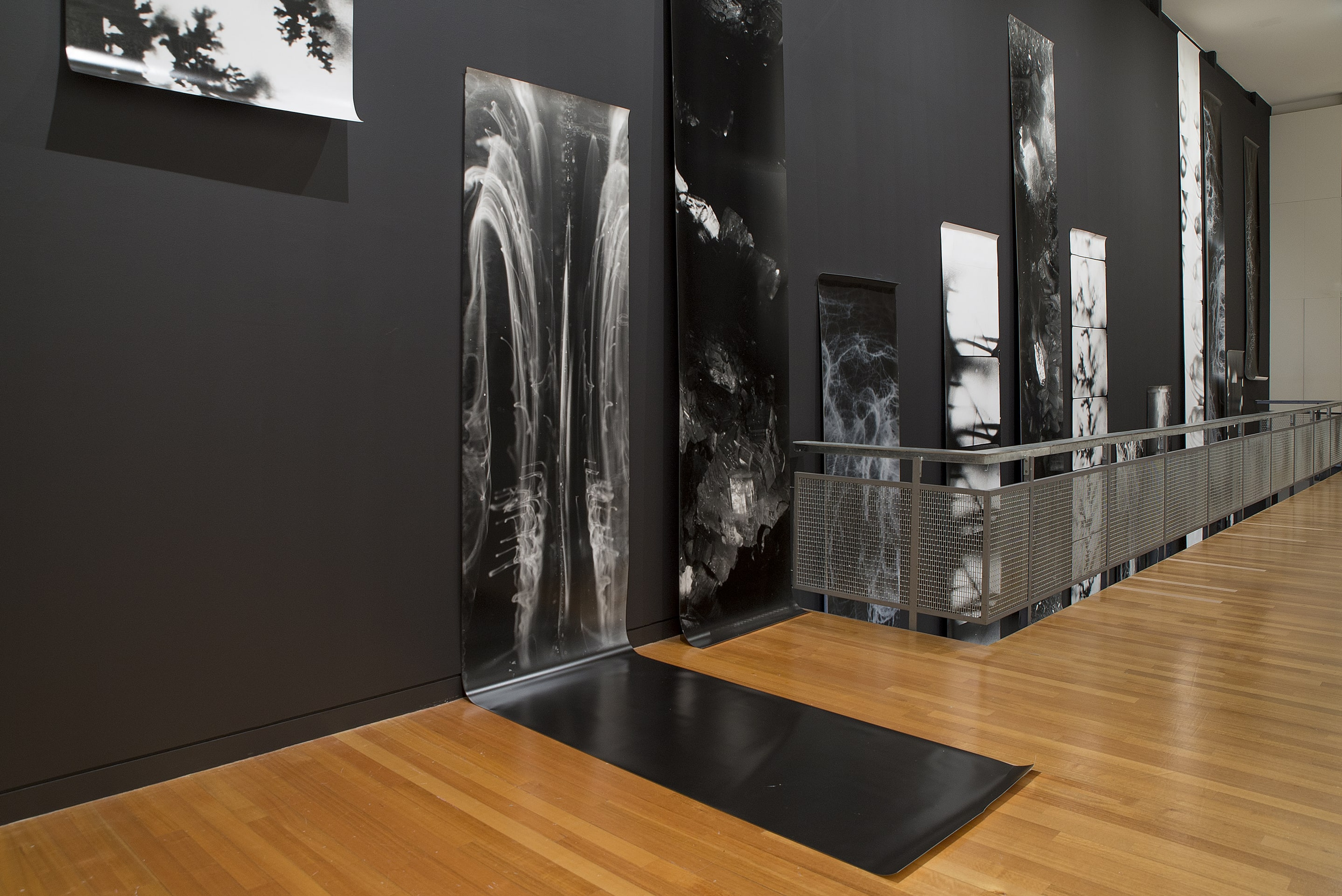
Joyce Campbell, As It Falls, 2004-2019, resin coated gelatin silver photographs. Installation view, On the Last Afternoon: Disrupted Ecologies and the Work of Joyce Campbell, Adam Art Gallery Te Pātaka Toi, Victoria University of Wellington, 2019. Photo: Shaun Matthews
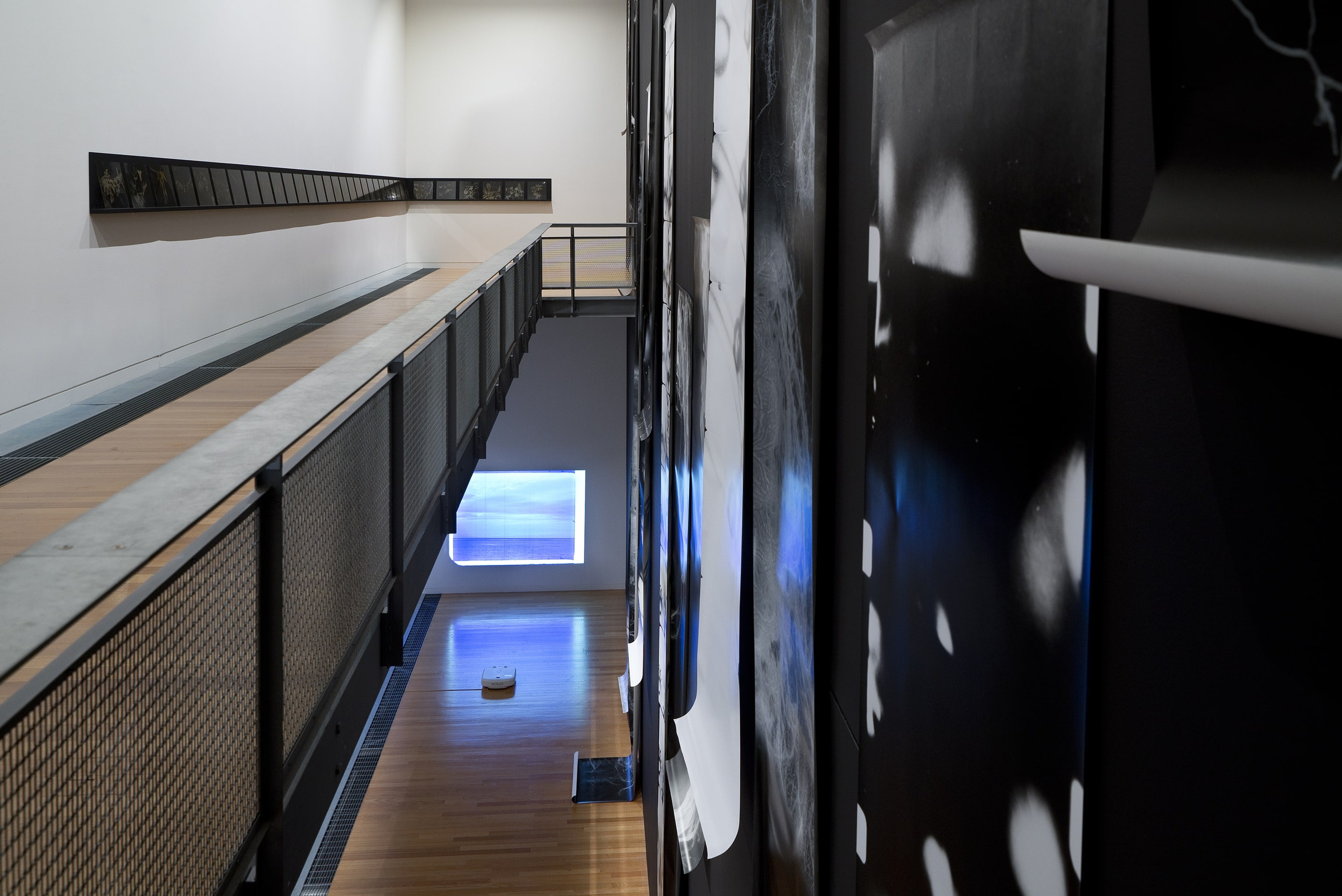
Installation view, On the Last Afternoon: Disrupted Ecologies and the Work of Joyce Campbell, Adam Art Gallery Te Pātaka Toi, Victoria University of Wellington, 2019. Photo: Shaun Matthews

Joyce Campbell, Ghost Scrub, 2018, three-channel digital video transferred from 16 mm film, black and white, sound. Installation view, On the Last Afternoon: Disrupted Ecologies and the Work of Joyce Campbell, Adam Art Gallery Te Pātaka Toi, Victoria University of Wellington, 2019. Photo: Shaun Matthews
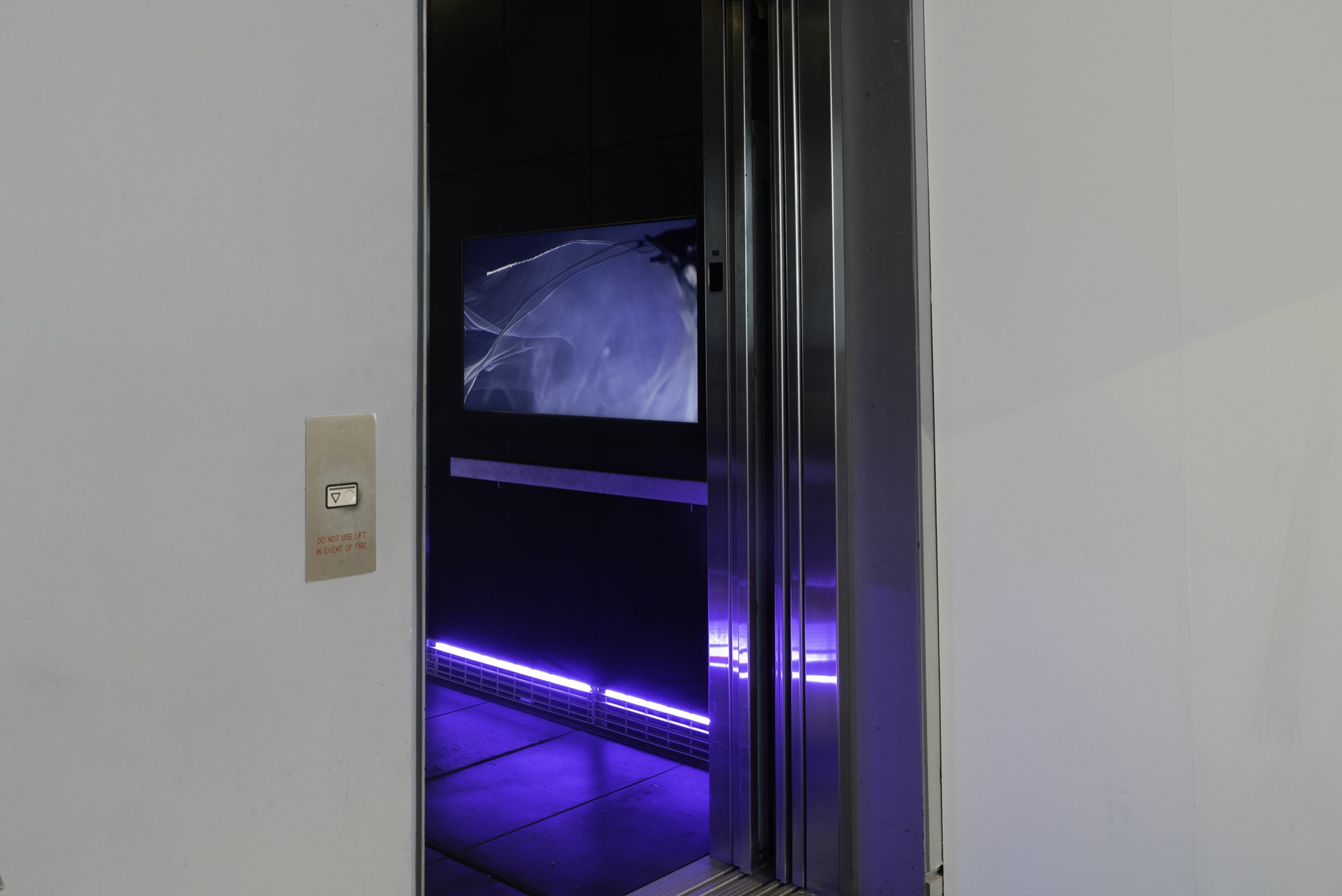
Joyce Campbell, Flight Dream, 2014, single channel digital video installation, colour, sound by Peter Kolovos and narration by Andrew Maxwell from a story by Mark von Schlegell. Installation view, On the Last Afternoon: Disrupted Ecologies and the Work of Joyce Campbell, Adam Art Gallery Te Pātaka Toi, Victoria University of Wellington, 2019. Photo: Shaun Matthews
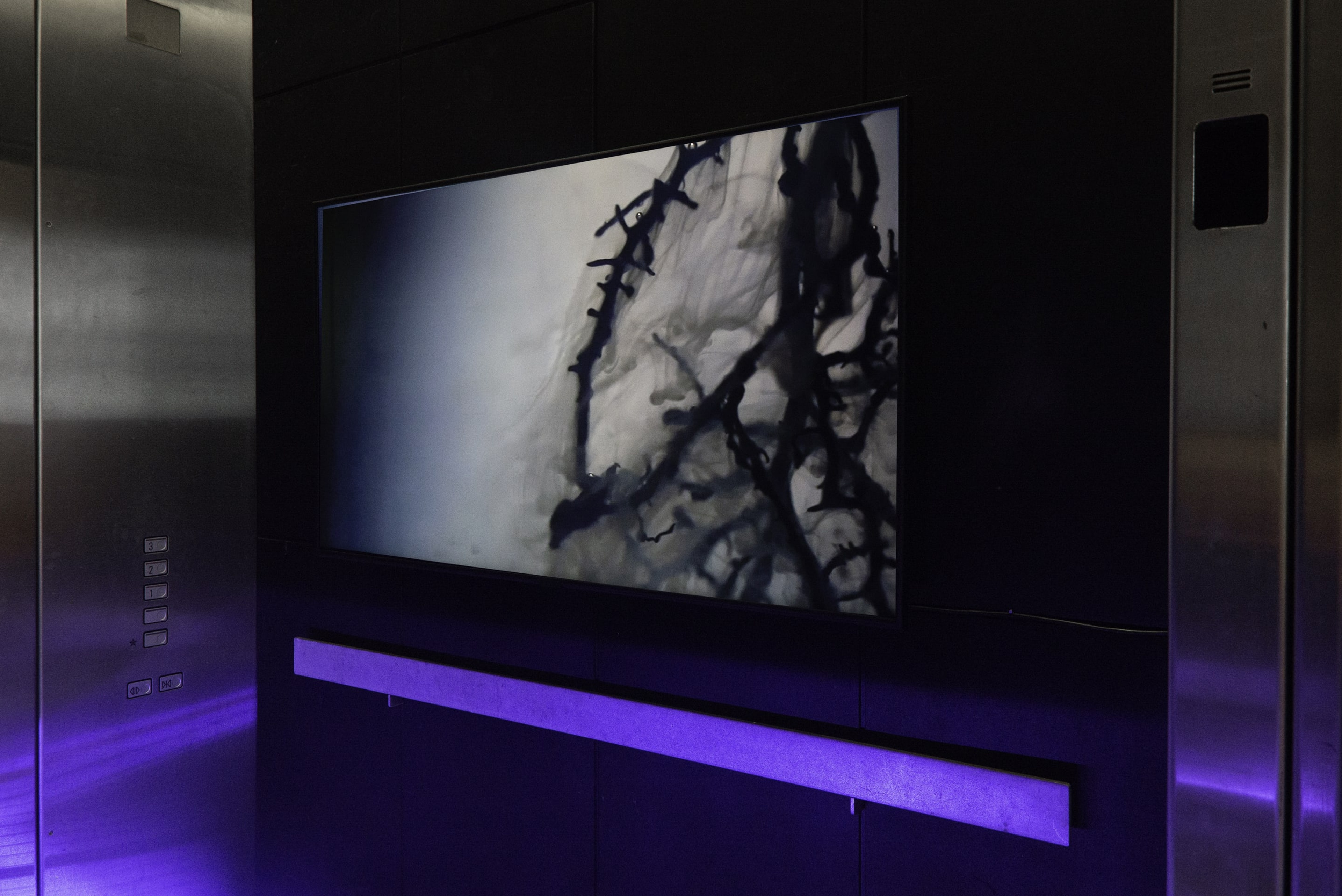
Joyce Campbell, Flight Dream, 2014, single channel digital video installation, colour, sound by Peter Kolovos and narration by Andrew Maxwell from a story by Mark von Schlegell. Installation view, On the Last Afternoon: Disrupted Ecologies and the Work of Joyce Campbell, Adam Art Gallery Te Pātaka Toi, Victoria University of Wellington, 2019. Photo: Shaun Matthews
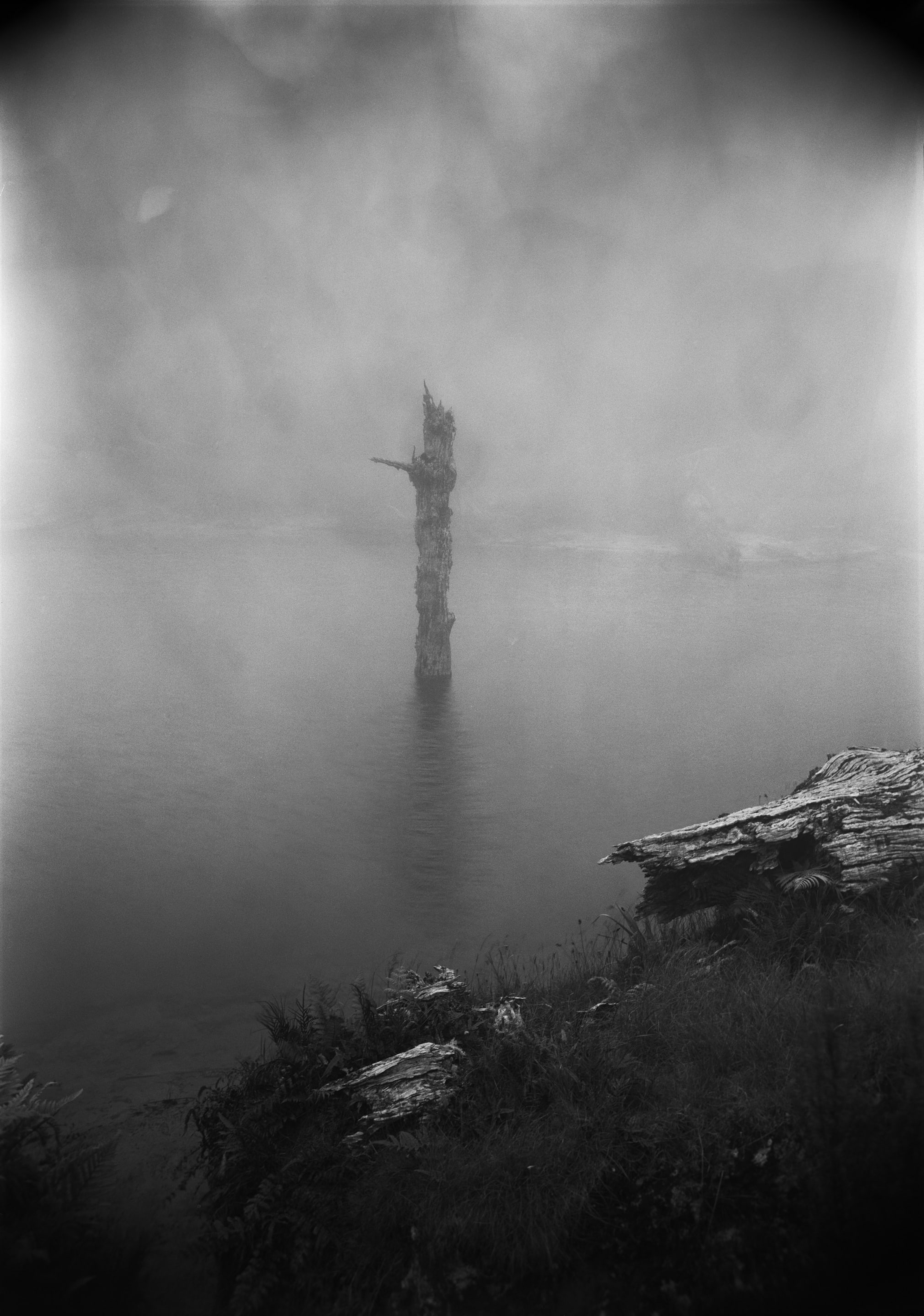
Joyce Campbell, Lone Tree, Whakapunake, 2013, gelatin silver photograph from the Te Taniwha series. Courtesy of the artist and Richard Niania
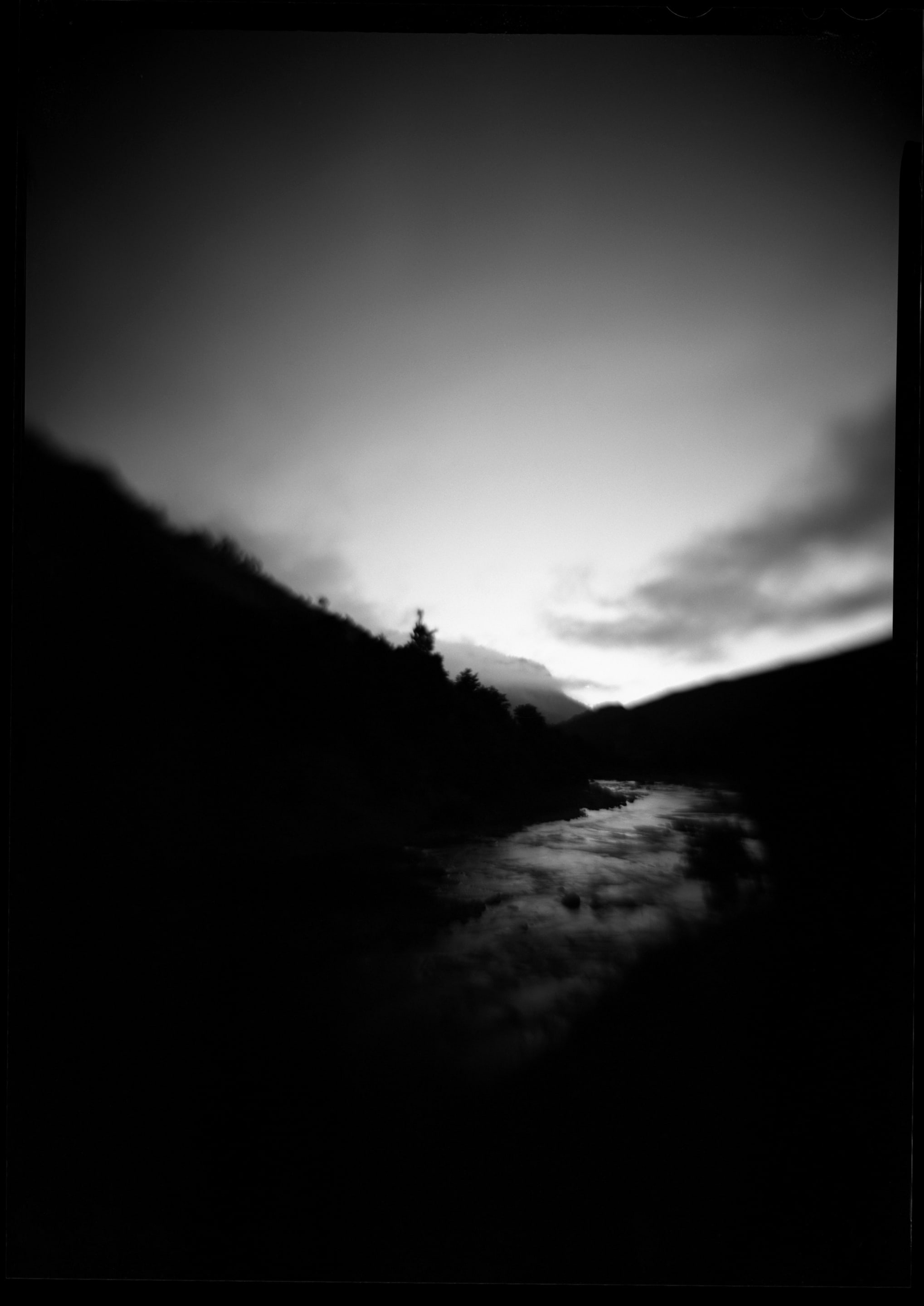
Joyce Campbell, At Papuni (Where the Infant Taniwha Suckled on Kohuwai), 2015, gelatin silver photograph from the Te Taniwha series. Courtesy of the artist and Richard Niania
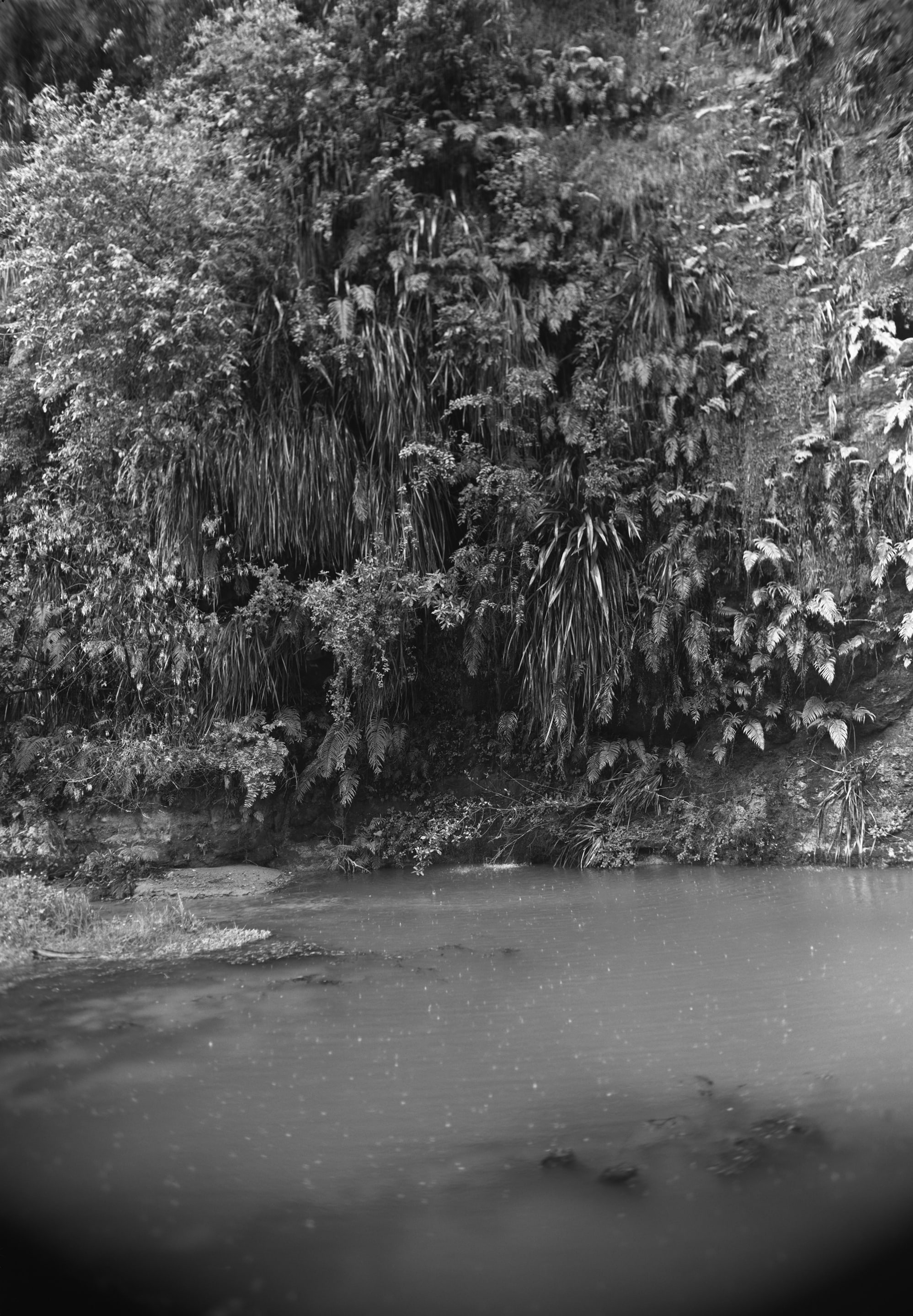
Joyce Campbell, The Roto, 2010, gelatin silver photograph from the Te Taniwha series. Courtesy of the artist and Richard Niania
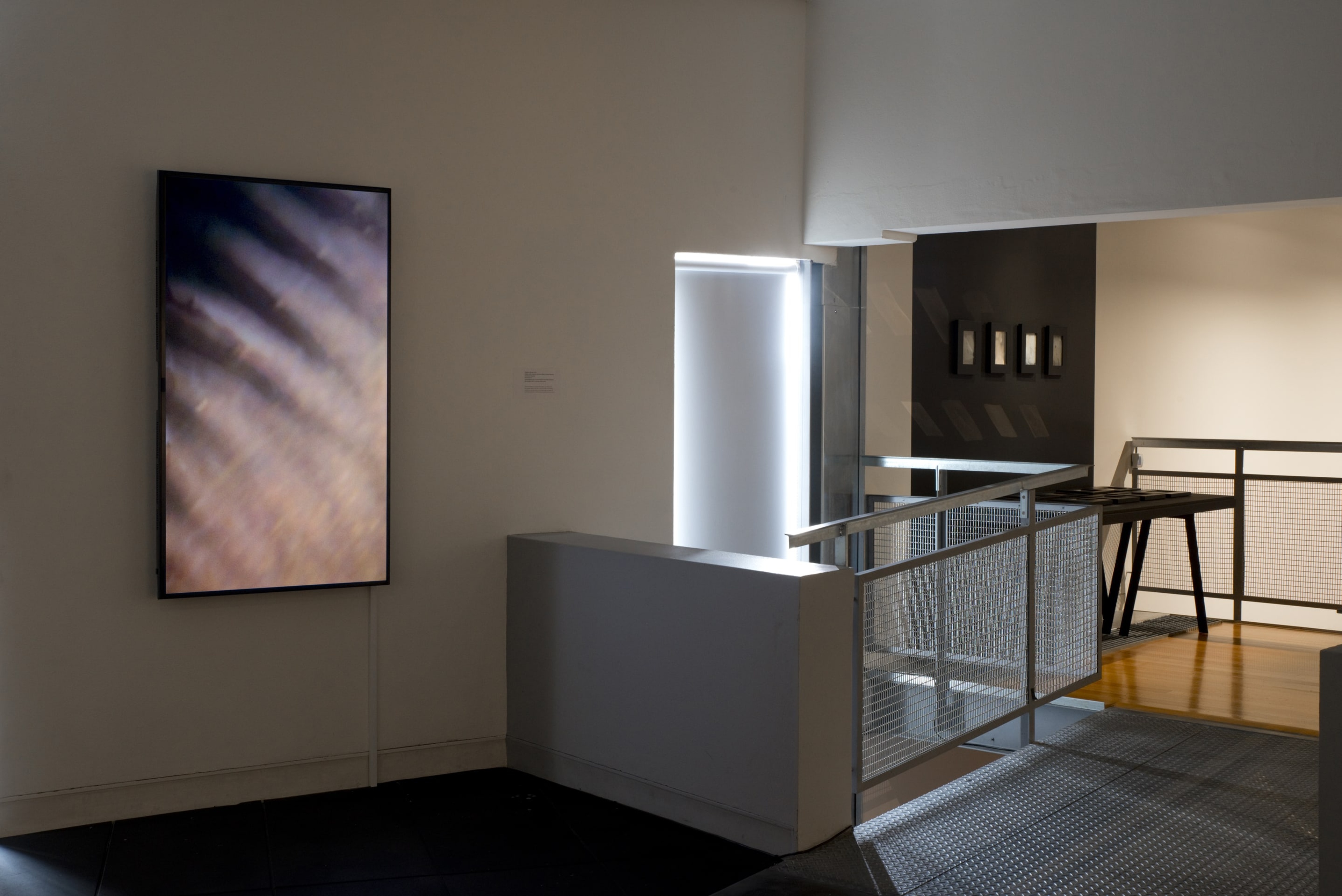
Joyce Campbell, Company Stream, 2017, digital video, colour, sound by Jonathan Behar, Colleen Brennan and Joyce Campbell. Commissioned by Circuit Artist Film and Video Aotearoa New Zealand, 2017. Installation view, On the Last Afternoon: Disrupted Ecologies and the Work of Joyce Campbell, Adam Art Gallery Te Pātaka Toi, Victoria University of Wellington, 2019. Photo: Shaun Matthews

Joyce Campbell, Last Light Antarctica, 2006, Becquerel daguerreotypes. Collection of the artist. Installation view, On the Last Afternoon: Disrupted Ecologies and the Work of Joyce Campbell, Adam Art Gallery Te Pātaka Toi, Victoria University of Wellington. Photo: Shaun Matthews
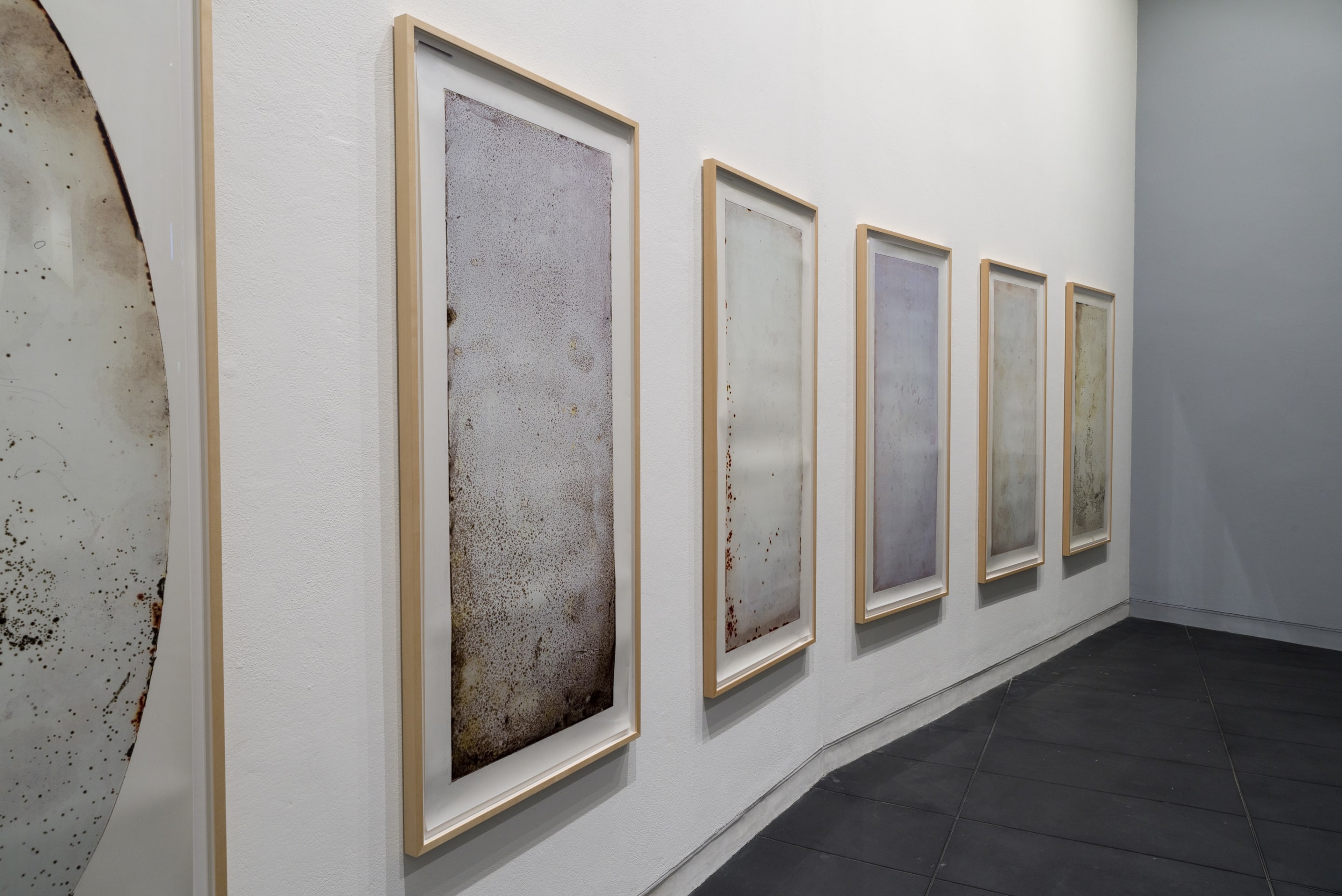
Joyce Campbell, Hosting, 1998, Ilfochrome photograms from microbial sample and agar medium on Plexiglass plates. Installation view, On the Last Afternoon: Disrupted Ecologies and the Work of Joyce Campbell, Adam Art Gallery Te Pātaka Toi, Victoria University of Wellington, 2019. Photo: Shaun Matthews
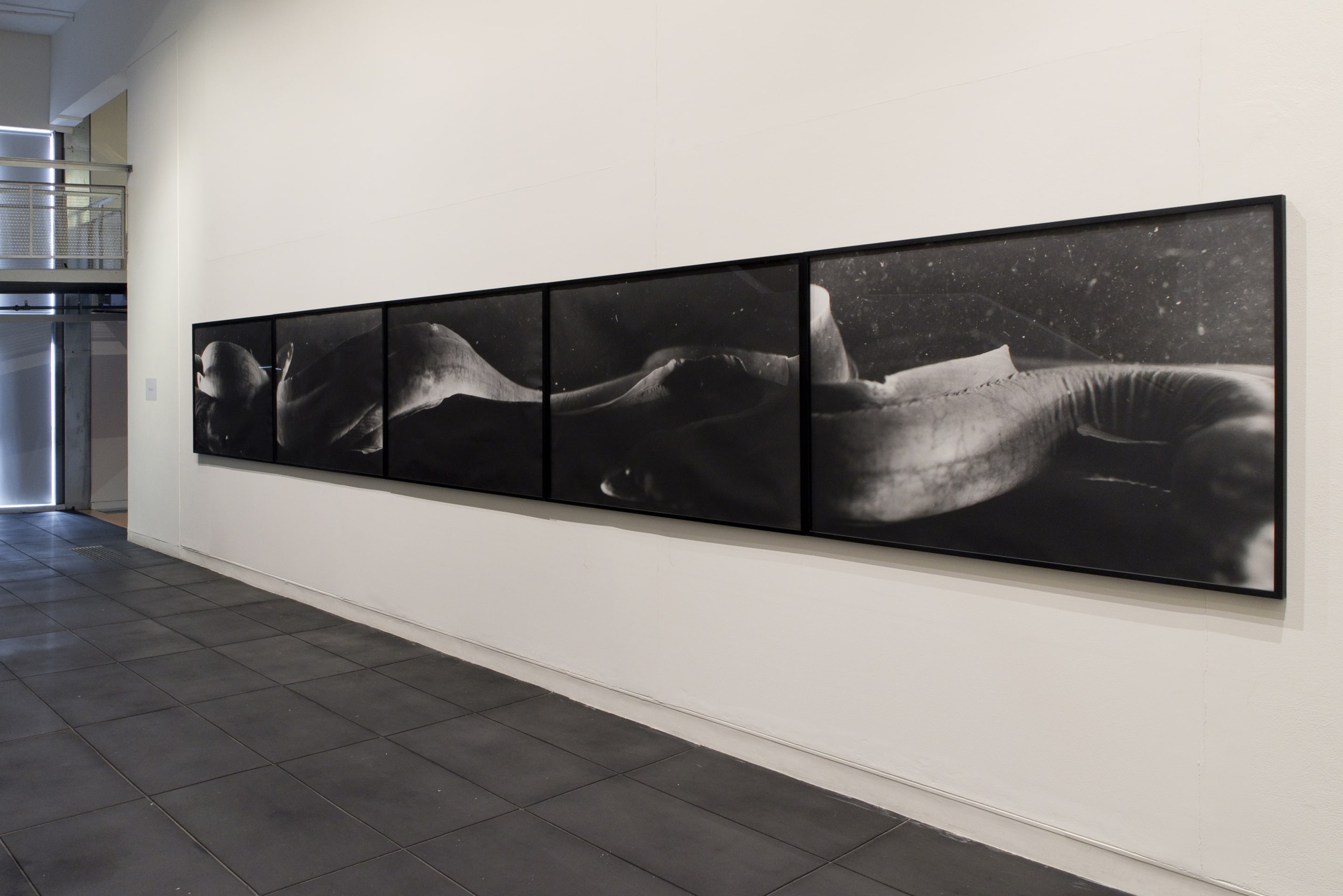
Installation view of Taniwha I-IV, VII, 2010, gelatin silver photographs. Installation view, On the Last Afternoon: Disrupted Ecologies and the Work of Joyce Campbell, Adam Art Gallery Te Pātaka Toi, Victoria University of Wellington, 2019. Photo: Shaun Matthews

Joyce Campbell, Taniwha V, 2010, gelatin silver photographs from the Te Taniwha series. Courtesy of the artist, Richard Niania, and Nadene Milne Gallery, Arrowtown and Christchurch
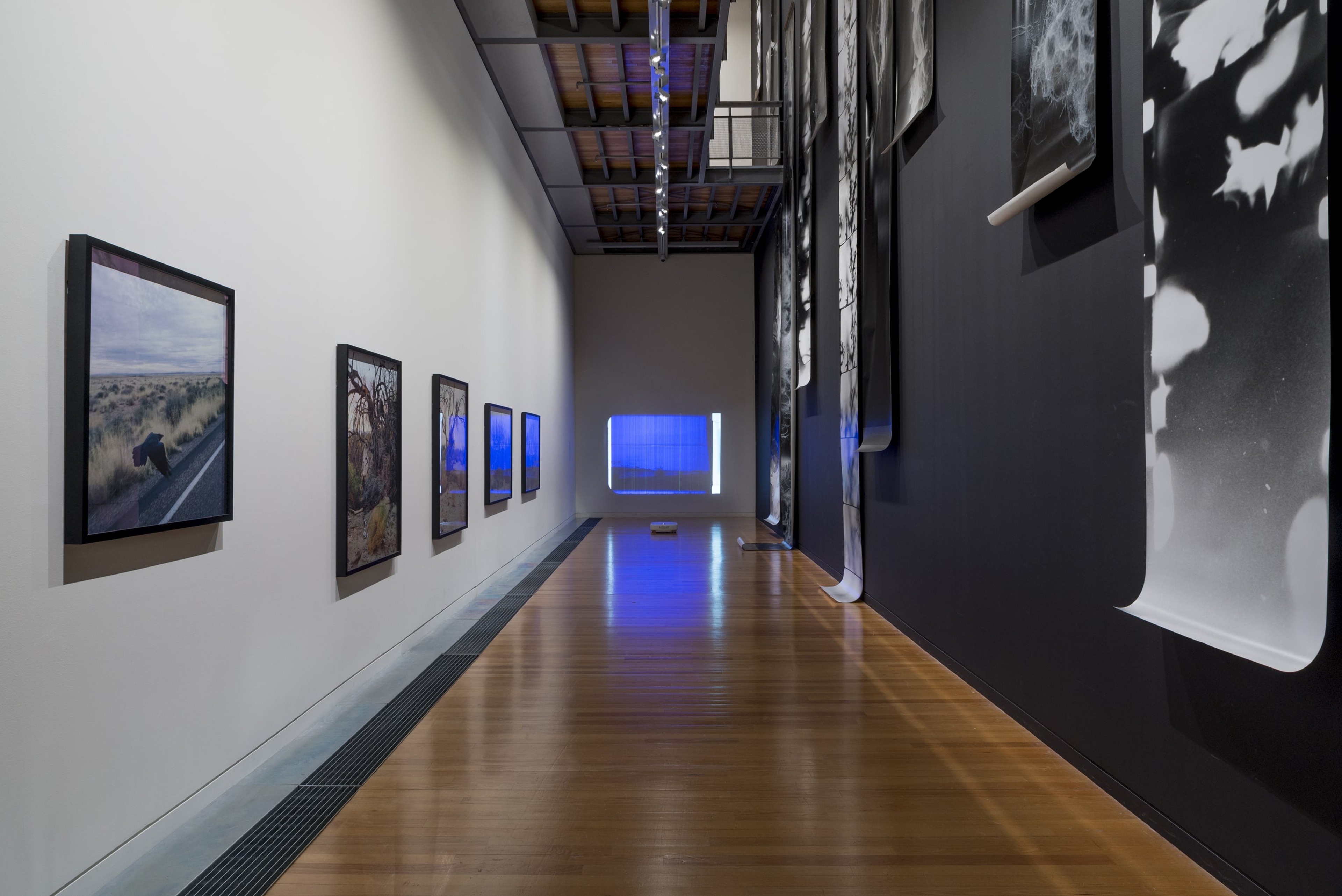
Installation view, On the Last Afternoon: Disrupted Ecologies and the Work of Joyce Campbell, Adam Art Gallery Te Pātaka Toi, Victoria University of Wellington, 2019. Photo: Shaun Matthews
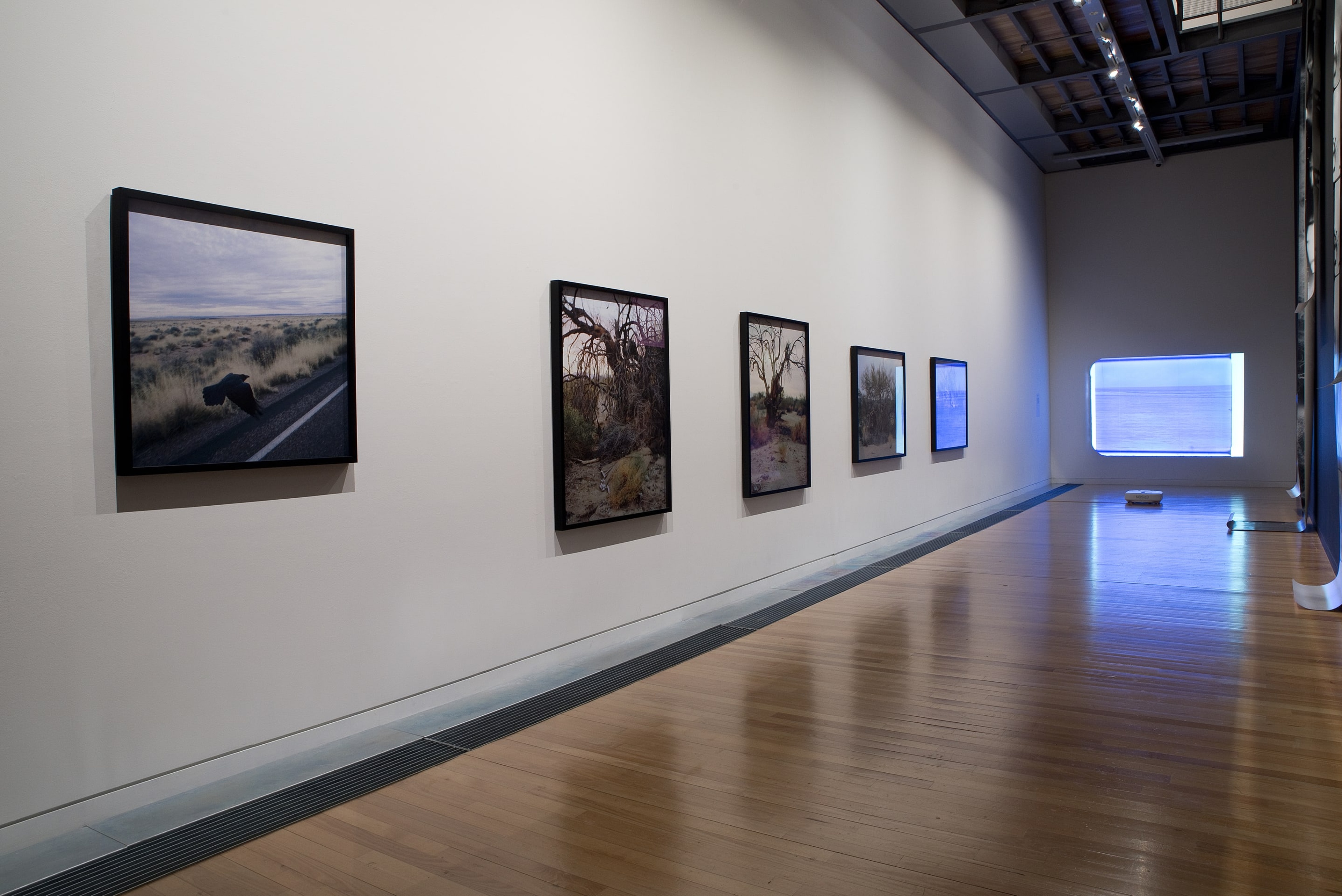
Installation view of To the Wash series, 2014, inkjet print on paper. Installation view, On the Last Afternoon: Disrupted Ecologies and the Work of Joyce Campbell, Adam Art Gallery Te Pātaka Toi, Victoria University of Wellington, 2019. Photo: Shaun Matthews
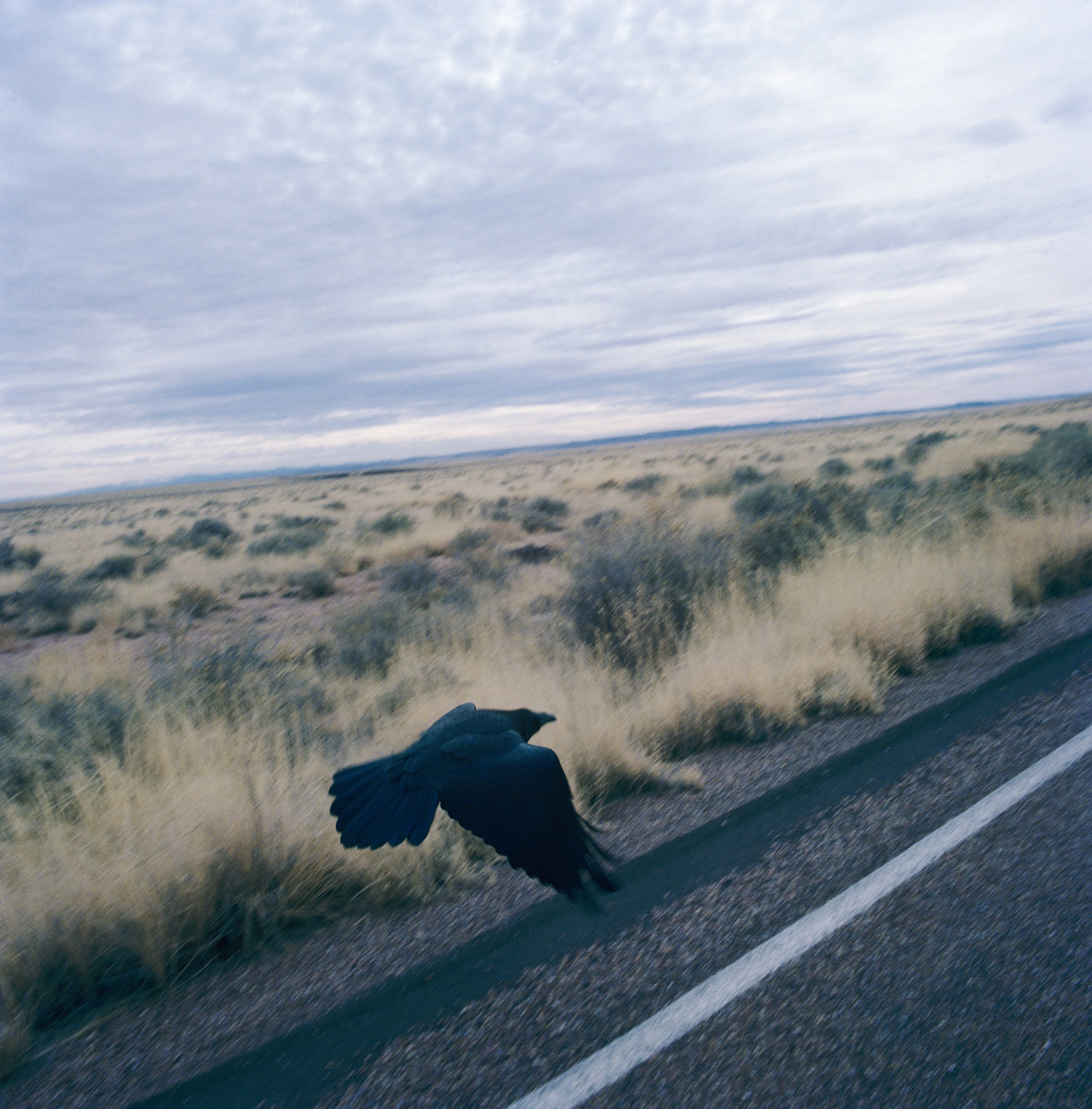
Joyce Campbell, Raven, 2014, inkjet print on paper. Courtesy of the artist
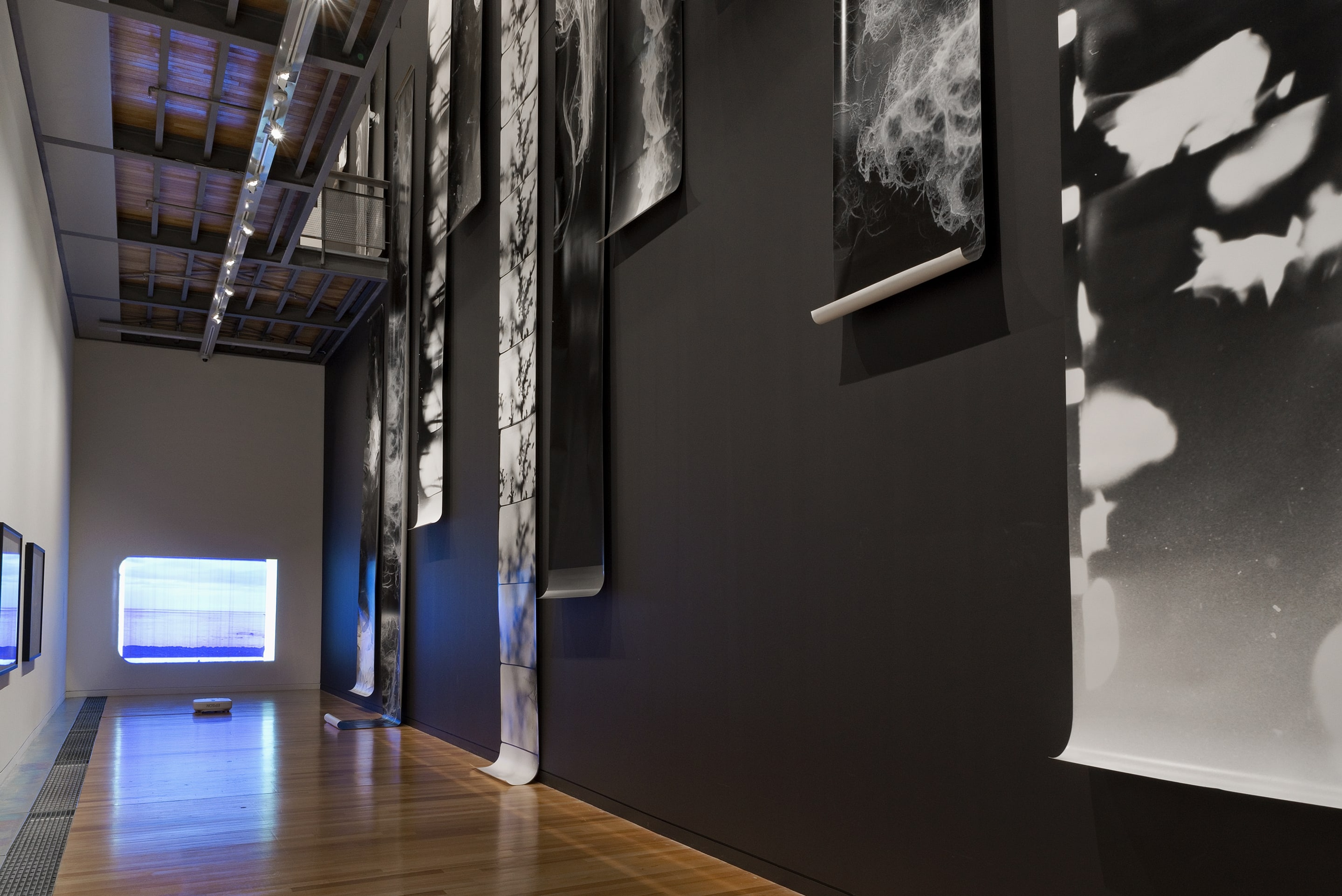
Joyce Campbell, As It Falls, 2004-2019, resin coated gelatin silver photograph. Installation view, On the Last Afternoon: Disrupted Ecologies and the Work of Joyce Campbell, Adam Art Gallery Te Pātaka Toi, Victoria University of Wellington, 2019. Photo: Shaun Matthews
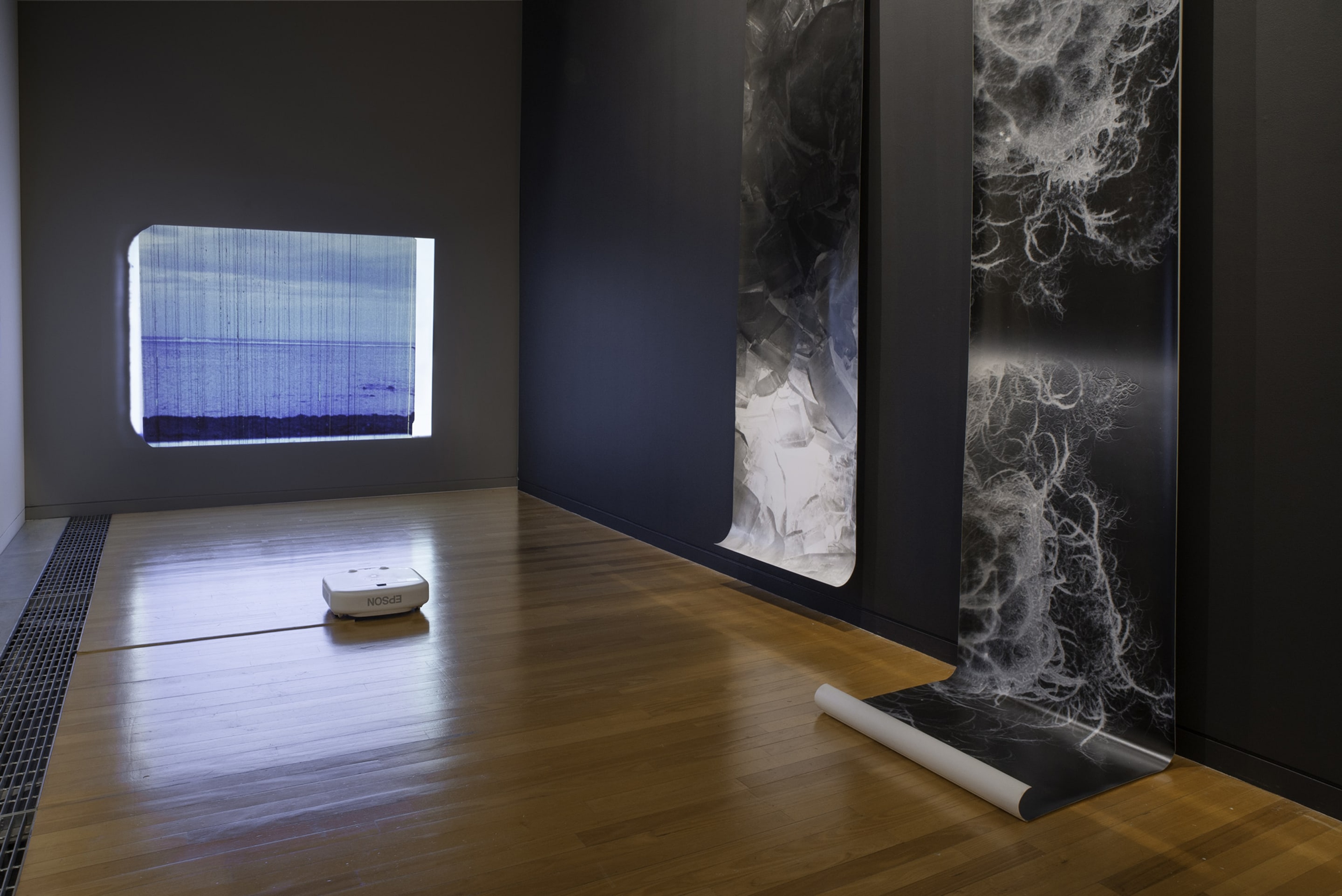
Joyce Campbell, The Reef, 2018, digital video transferred from 16 mm film, colour, sound. Installation view, On the Last Afternoon: Disrupted Ecologies and the Work of Joyce Campbell, Adam Art Gallery Te Pātaka Toi, Victoria University of Wellington, 2019. Photo: Shaun Matthews
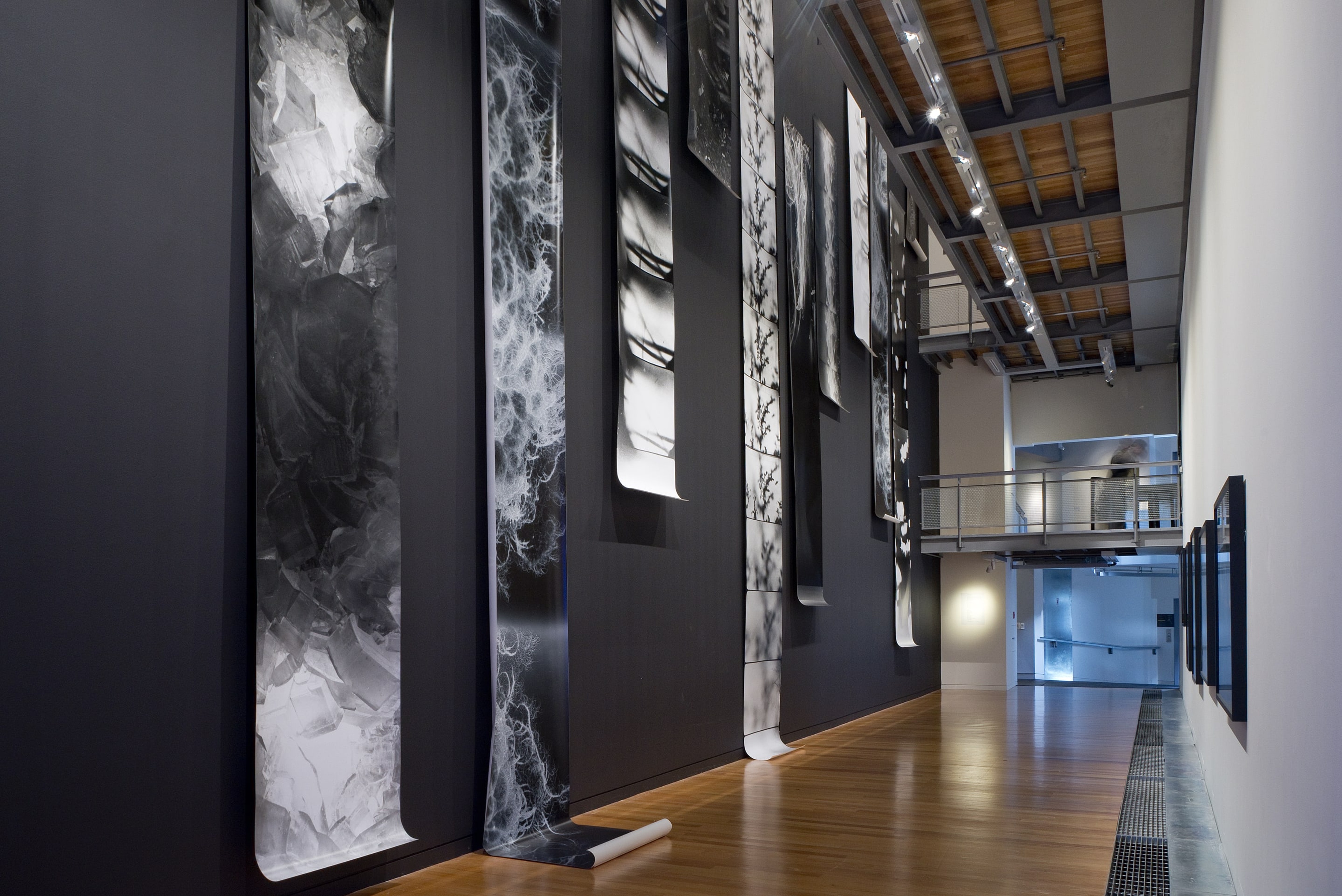
Joyce Campbell, As It Falls, 2004-2019, resin coated gelatin silver photograph. Installation view, On the Last Afternoon: Disrupted Ecologies and the Work of Joyce Campbell, Adam Art Gallery Te Pātaka Toi, Victoria University of Wellington, 2019. Photo: Shaun Matthews